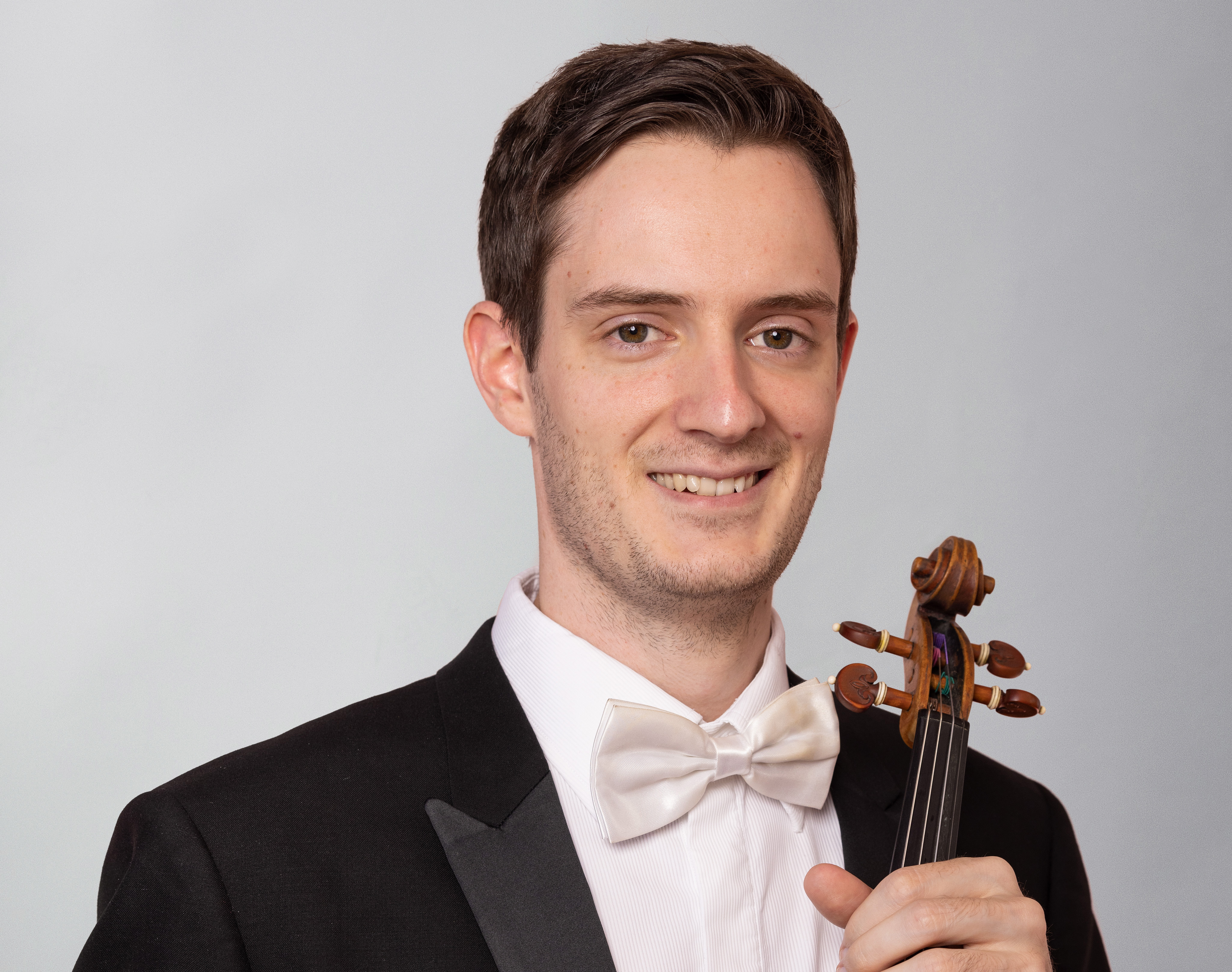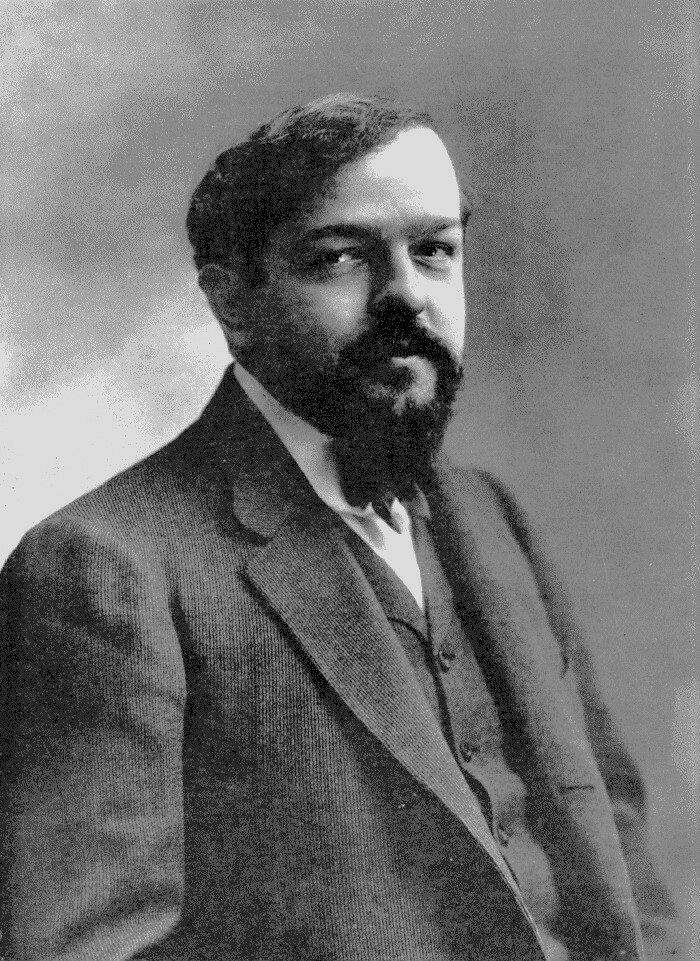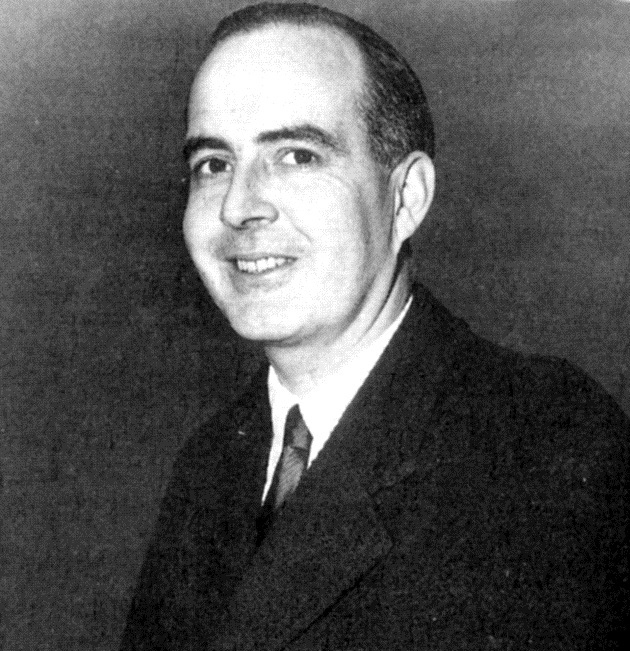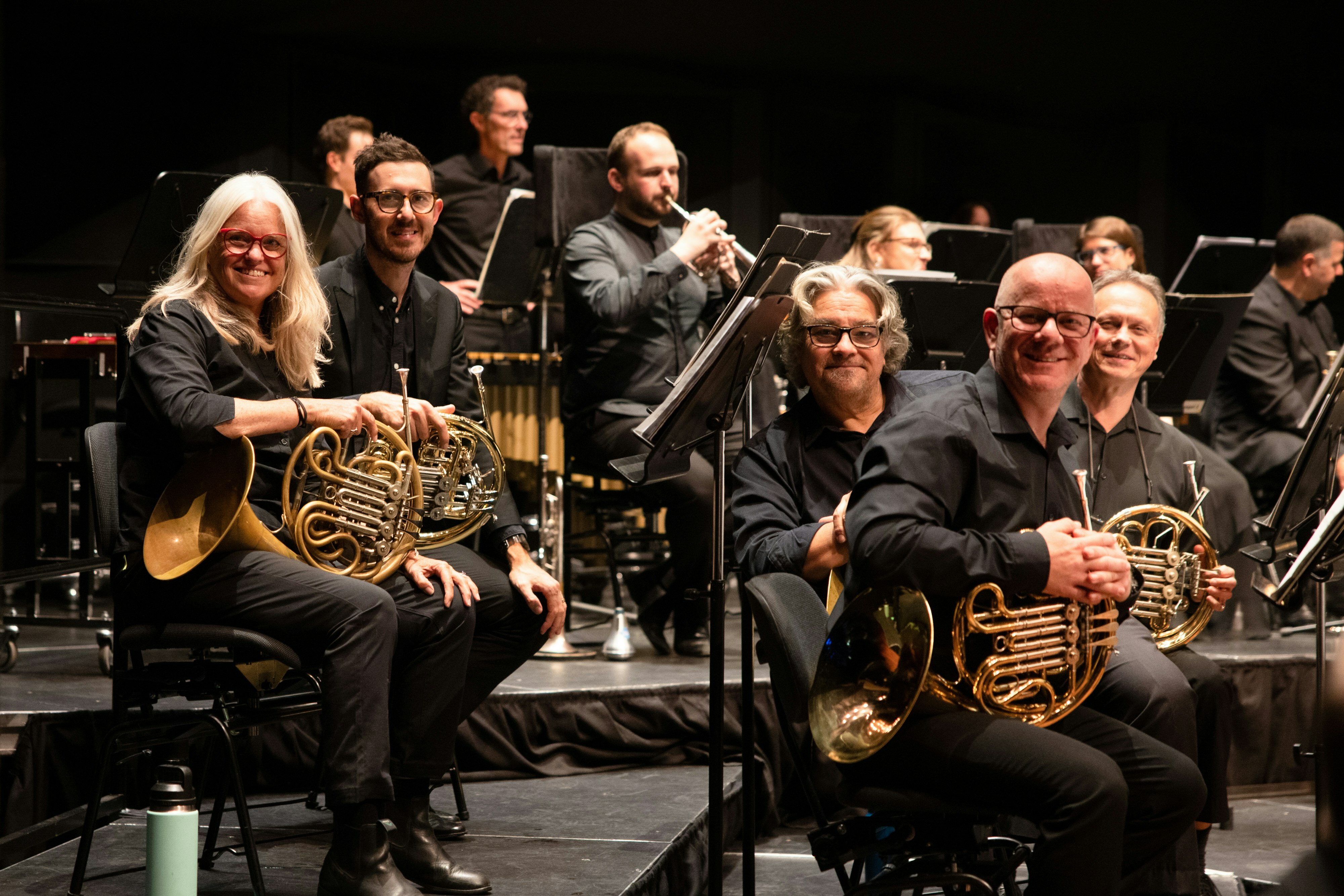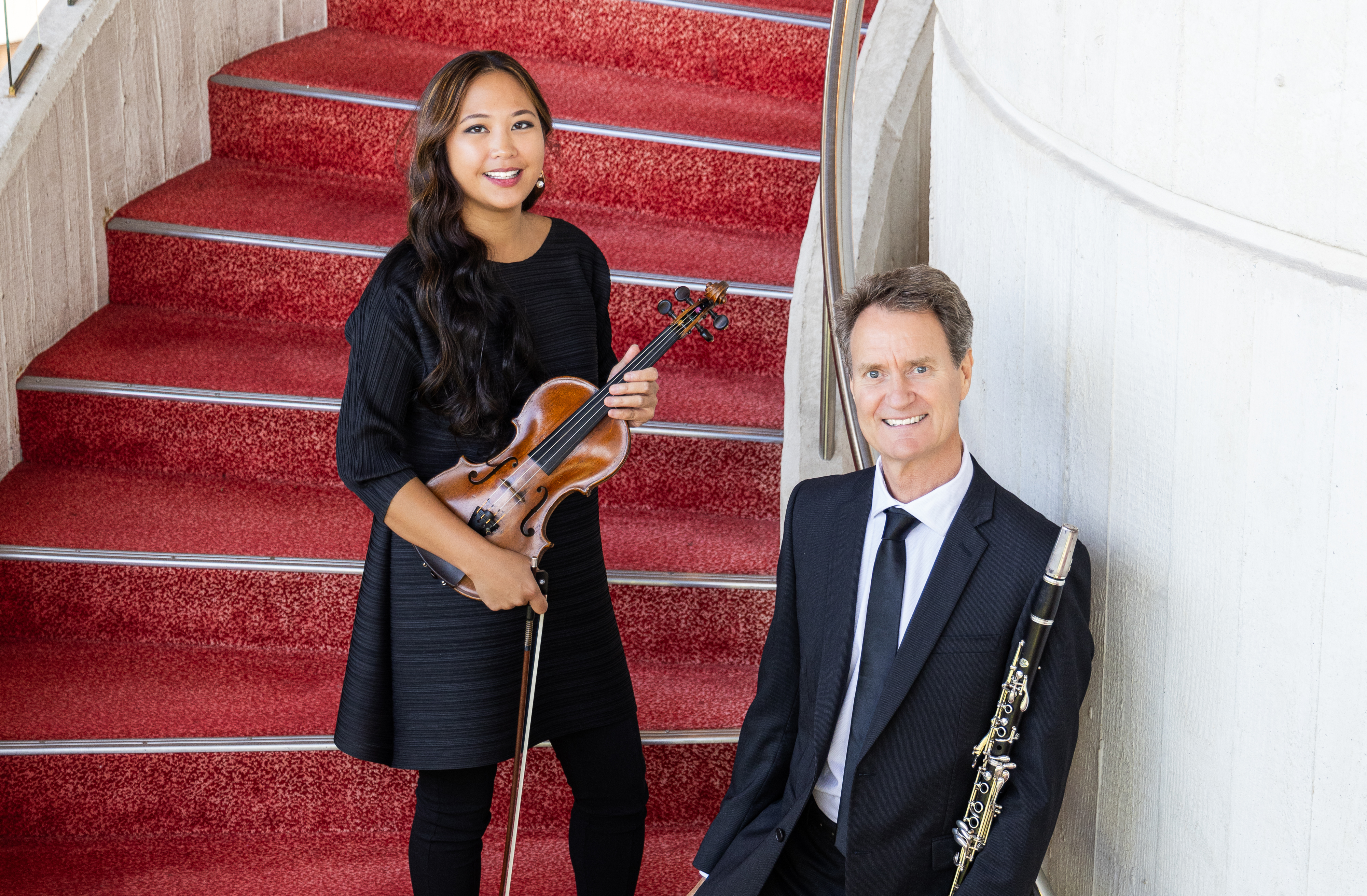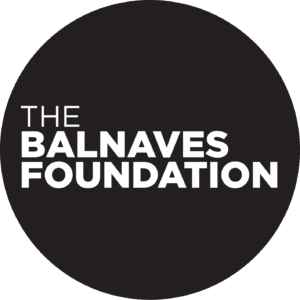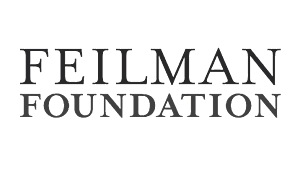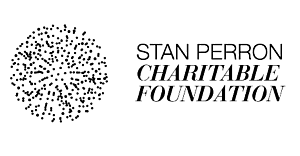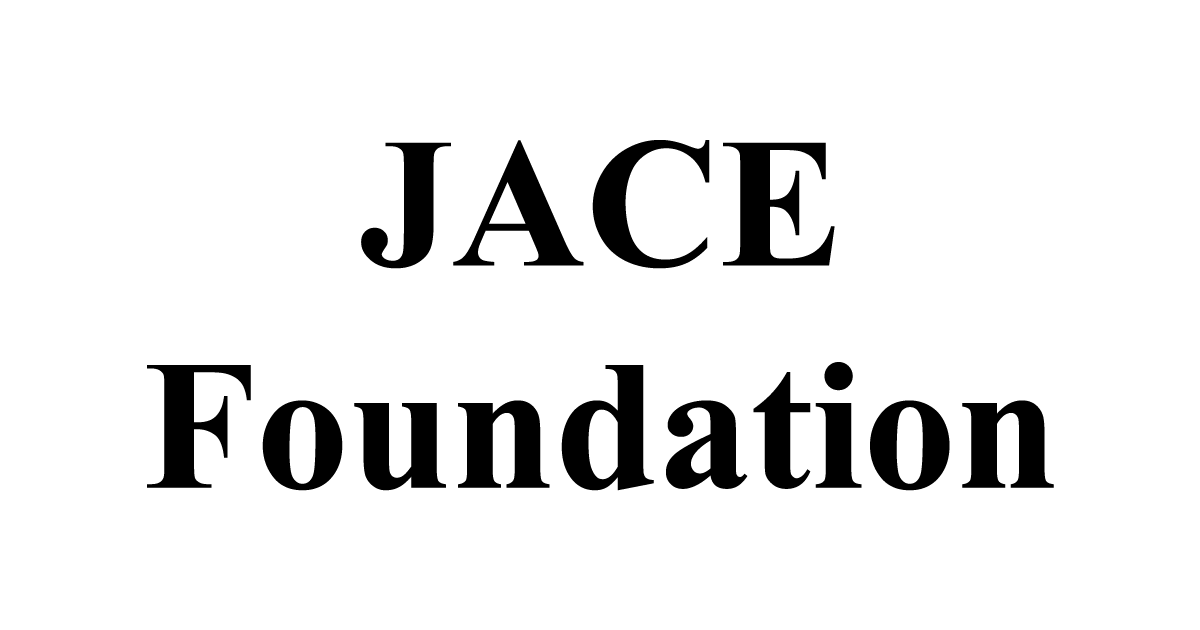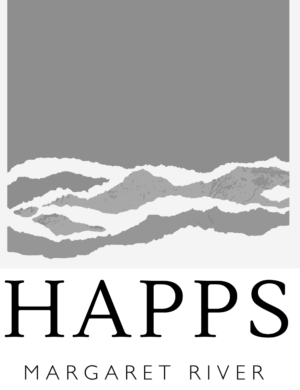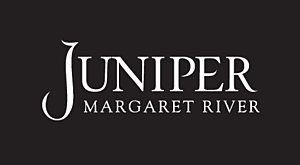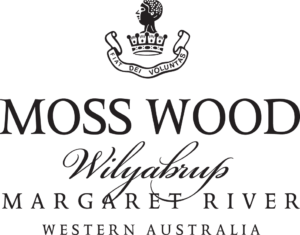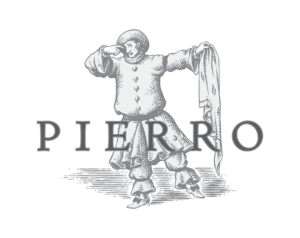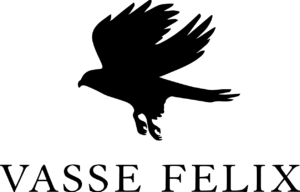The Forgotten Symphony | Albany
WASO REGIONAL TOUR
Friday 30 August, 7.30pm & Saturday 31 August 2024, 2.00pm
Albany Entertainment Centre

West Australian Symphony Orchestra respectfully acknowledges the Traditional Custodians and Elders of Country throughout Western Australia, and the Menang Noongar people on whose lands we work and share music.
How to use your Digital Program
The Forgotten Symphony
Claude DEBUSSY Prélude à ‘L’après-midi d’un faune’ (10 mins)
Samuel BARBER Violin Concerto (25 mins)
Allegro
Andante
Presto in moto perpetuo
Interval (25 mins)
César FRANCK Symphony in D minor (41 mins)
Lento – Allegro non troppo
Allegretto
Allegro non troppo
Asher Fisch conductor
Riley Skevington violin
Asher Fisch appears courtesy of Wesfarmers Arts. WASO’s Regional Tour is supported by Principal Partner Wesfarmers Arts and MM Electrical Merchandising.
Wesfarmers Arts Pre-concert Talk
Find out more about the music in the concert with WASO’s Artistic Planning Manager, Alan Tyrrell. The Pre-concert talk will take place in the Albany Entertainment Centre foyer at 7pm (Friday) and 1.30pm (Saturday).
Wesfarmers Arts Post-concert Talk
Join WASO’s Principal Conductor, Asher Fisch and Associate Concertmaster, Riley Skevington for a post-concert interview. Hosted by WASO’s Executive Manager of Artistic Planning, Evan Kennea, this Q+A will take place in the main auditorium directly following the performances.
WASO On Stage
About the Artists
About the Artists
About the Music
About the Music
About the Music

César Franck
(1822-1890)
Symphony in D minor
Lento – Allegro non troppo
Allegretto
Allegro non troppo
In France in the 1860s and 1870s, composers seemed compelled to respond to the challenges of the ‘New German School’ of Wagner and Liszt, but, for the most part, were equally compelled not to ‘sound German’. Perhaps the most original response was contained in the small but distinct output of the Belgian-born composer César Franck.
The D minor Symphony is one of a handful of works from the last years of Franck’s life on which his reputation rests. The personality this music reveals is one influenced by Beethoven’s concentration of expression, Wagner’s orchestral texture and harmonic colours, and the time-scale of Wagner’s music dramas. It is also influenced by many years in the organ loft, and by the freedom from formal sonata procedures Liszt had advocated in his symphonic poems, in particular Liszt’s method of structural development which he called ‘transformation of themes’, in which a work’s overall structure is determined by the major points of change to its principal themes.
Franck welds these potentially contradictory elements into something unique and big-hearted in this symphony. Like Beethoven, his principal motifs are often short, and he is able to transform these germ-like ideas with power and success. Like Beethoven, too, he has no time for elaborate introductions – in each movement of this symphony he plunges almost straight into the argument at hand – and his codas do not meander.
But the results are not at all Beethovenian, because Franck’s sense of scale is so spacious. He is inclined to parade his good ideas in emphatic review so that, for example, the slow introduction to the symphony becomes a kind of motto theme for the first movement as it progresses. And his final, elaborate recapitulation in the finale is not the work of a man in a hurry. This epic style of utterance was also a result of his re-examination of traditional formal procedures, by which process he took Beethoven’s notion of ‘the symphony as personal testament’ further into the heart of Romantic feeling.
In effect, this symphony’s dark first three notes are the basis of all that follows. They are the first movement’s main, anchoring theme, and they establish the movement of the semitone as a governing factor in the whole work. Indeed, the notion of thematic inter-relatedness is more closely observed in this work than in any of Liszt’s symphonic poems. It is one of the symphony’s most innovative characteristics, and it delighted some
of Franck’s contemporaries. The young Claude Debussy’s response was: ‘[The symphony] is amazing. I should prefer a less four-square structure. But what smart ideas!’
One of the smartest manifestations of the work’s concentration of thought is the combination of slow movement and scherzo into one movement. As Donald Tovey wrote of the Allegretto, ‘It has the allure of a slow minuet; but by using the harmony of the cor anglais tune and – simplest of all means – halving its note values, Franck creates a contrasting, quicker set of themes that eventually coalesce with the stately tune that opened the movement.’
Franck presents his ideas with such skill that it is easy to miss the ease with which he moves between keys. Before the first 30 bars of the symphony are through, Franck has shifted from his home key of D minor through F sharp minor to E flat. When the work was new, this was another aspect of it that offended conservative taste. His melodic ideas, as already noted, are not so freewheeling, and are often dependent on the movement upwards or downwards of the semitone, a characteristic which, in the words of French music specialist Martin Cooper, ‘suggests the action of the organist’s fingers or feet executing a sliding semi-tonal descent on the keys or pedals’.
Franck’s symphony was influential: the symphonies of Dukas and Chausson are based closely on its shape and variations of mood, and the language of Debussy’s Prelude to The Afternoon of a Faun was clearly informed by the lusciousness of Franck’s juicier moments. But after World War I, when the European avant-garde had no taste for expressions of Romantic aspiration, the work receded from view. It only established its modern reputation gradually, from the 1940s, and was restored to favour with the help of the long-playing record.
Abridged from Phillip Sametz © 1993
First performance: 17 February 1889. Jules Garcin, conductor.
First WASO performance: 27 May 1944. Ernest J. Roberts, conductor.
Most recent WASO performance: 2-3 September 2011. Asher Fisch, conductor.
Instrumentation: two each of flutes and oboes, one English horn, two clarinets, bass clarinet, two bassoons, four horns, two trumpets, two cornets, three trombones, one tuba, timpani, harp and strings.
Glossary
Coda – a concluding section added to the basic structure of a piece or movement to emphasise the sense of finality.
Minuet – a dance in triple time, which became popular in France in the 17th and 18th centuries. The term is now used to refer to a dance-like piece or movement in moderately fast triple time. Recapitulation – a return to the opening material of a piece or a movement.
Scherzo – literally, a joke; the term generally refers to a movement in a fast, light triple time which may involve whimsical, startling or playful elements.
Semitone – a very narrow interval. The first notes of Beethoven’s Für Elise are a semitone apart. Sonata – nowadays, a work (usually in three or four movements, of which the first is usually in sonata form) for solo instrument, usually with piano accompaniment (unless the solo instrument is the piano). In the 16th and 17th centuries, the term (which literally means ‘sounded’ or ‘played’) referred more generally to various types of instrumental music.
Symphonic poem – a programmatic work for orchestra, usually in a single movement.
About WASO
WASO in the Community
Philanthropy
Our Supporters
2024 Trusts and Foundations
Lead Partner of Crescendo
Crescendo / Hospital Orchestra Project
First Nations Creative Collaborations / Composition Project
Associate Conductor Program
2024 Corporate Partners
Principal Partner
Lead Partners
Government Partners
Major Partners
Supporting Partners
Beverage Partners
To share in our vision and discuss the many opportunities extended through corporate partnerships please contact Corporate Development on 08 9326 0020.


